Affiliate links on Android Authority may earn us a commission. Learn more.
All of the Pixel 2 XL issues we've heard about so far (Updated)
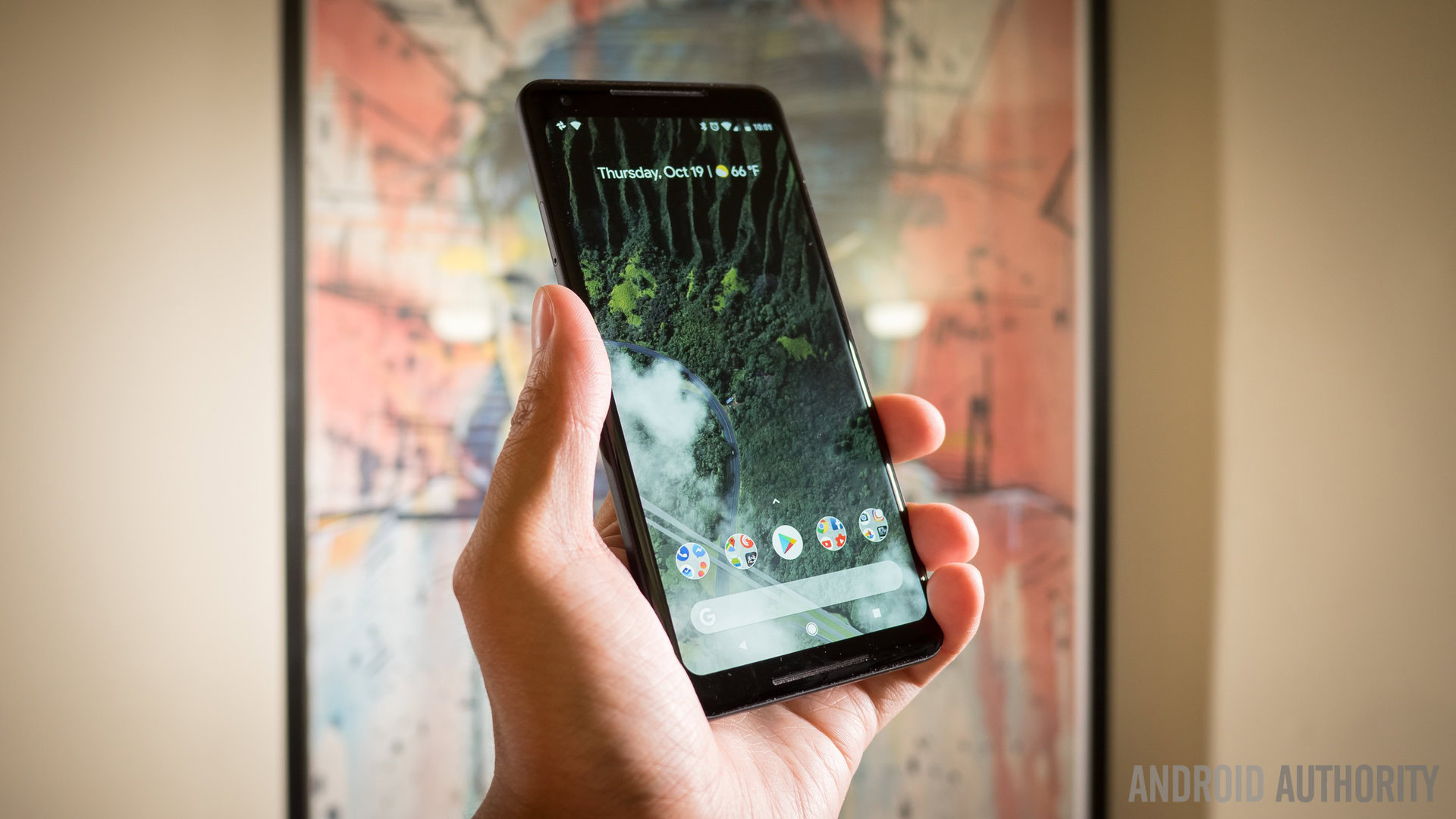
Ever since Google announced its new Pixel smartphones, I knew the allure of the Pixel 2 XL would be too strong to ignore. A modern aesthetic, a large battery, Android 8.0 Oreo, and three years of updates directly from the mothership were more than enough to convince me to plunk down the cash for the large phone.
However, reports of multiple issues have surfaced since the announcement, and they have admittedly forced myself and others to second-guess our purchases and really consider whether these issues are, collectively, a big deal.
As such, let’s take a look at these reported issues, decide whether any of them are significant enough to cause worry on their own, and take a collective look at the issues to decide whether you should keep or cancel your order.
Before we get into it, keep in mind that this is not meant to be an exhaustive list of issues people have encountered. Rather, we are highlighting the most reported ones. If you want to see a more detailed look at the Pixel 2 XL’s issues and possible remedies, we have a separate (and excellent) write-up just for you.
Issue #1: The display looks dull and washed out
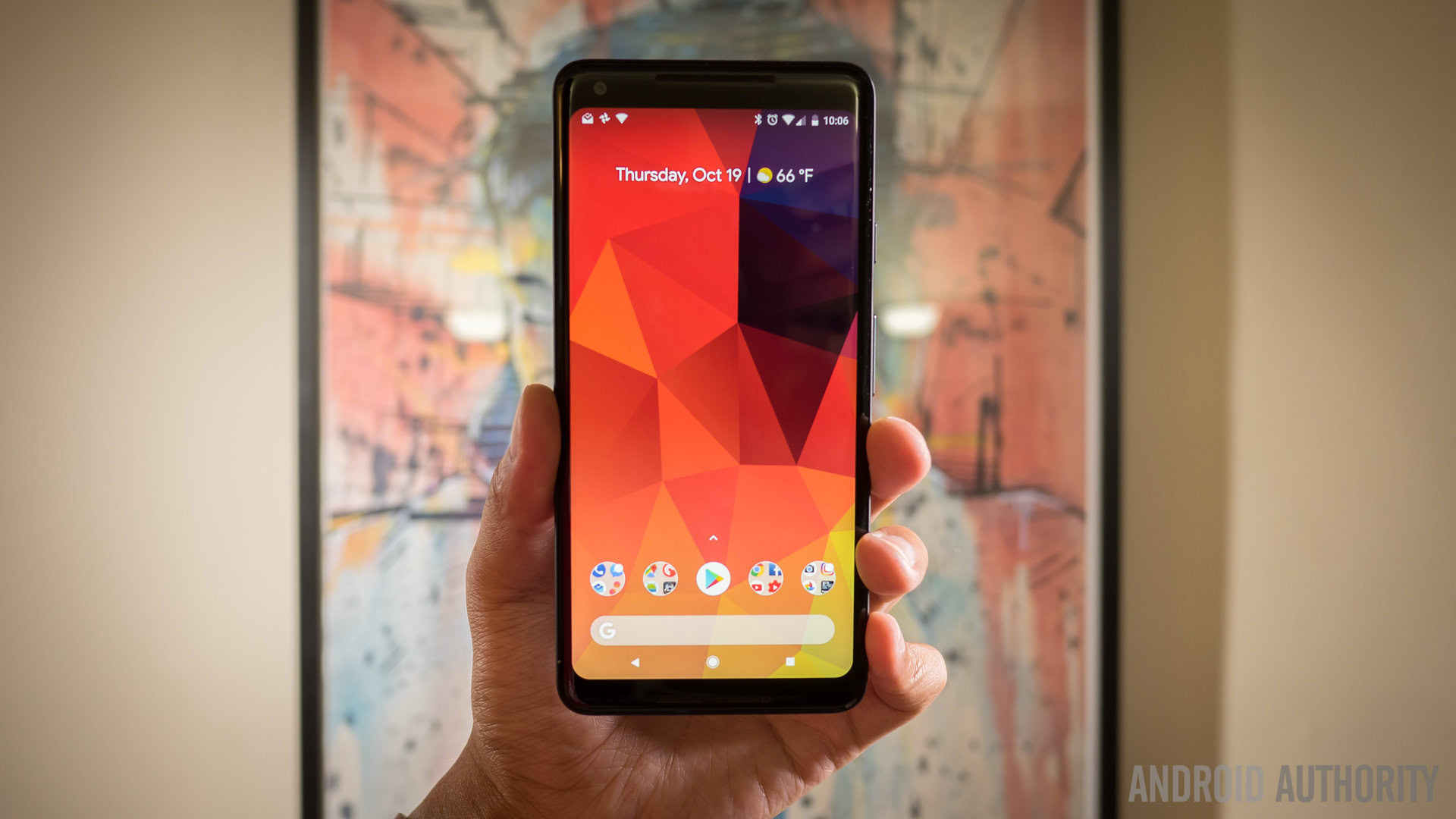
Many commenters and reviewers, including our own Joshua Vergara, noted that the colors on the Pixel 2 XL’s display didn’t pop out as much as we had expected from an OLED display. In our review, we remarked that the saturation was dialed down, which gave colors a somewhat dull appearance.
Google said this was intentional, since the Pixel 2 XL’s display was tuned for accuracy, not for vibrancy. The company even exclaims on the phone’s product page that, thanks to how the display is calibrated, the Pixel 2 XL features 100 percent DCI-P3 coverage.
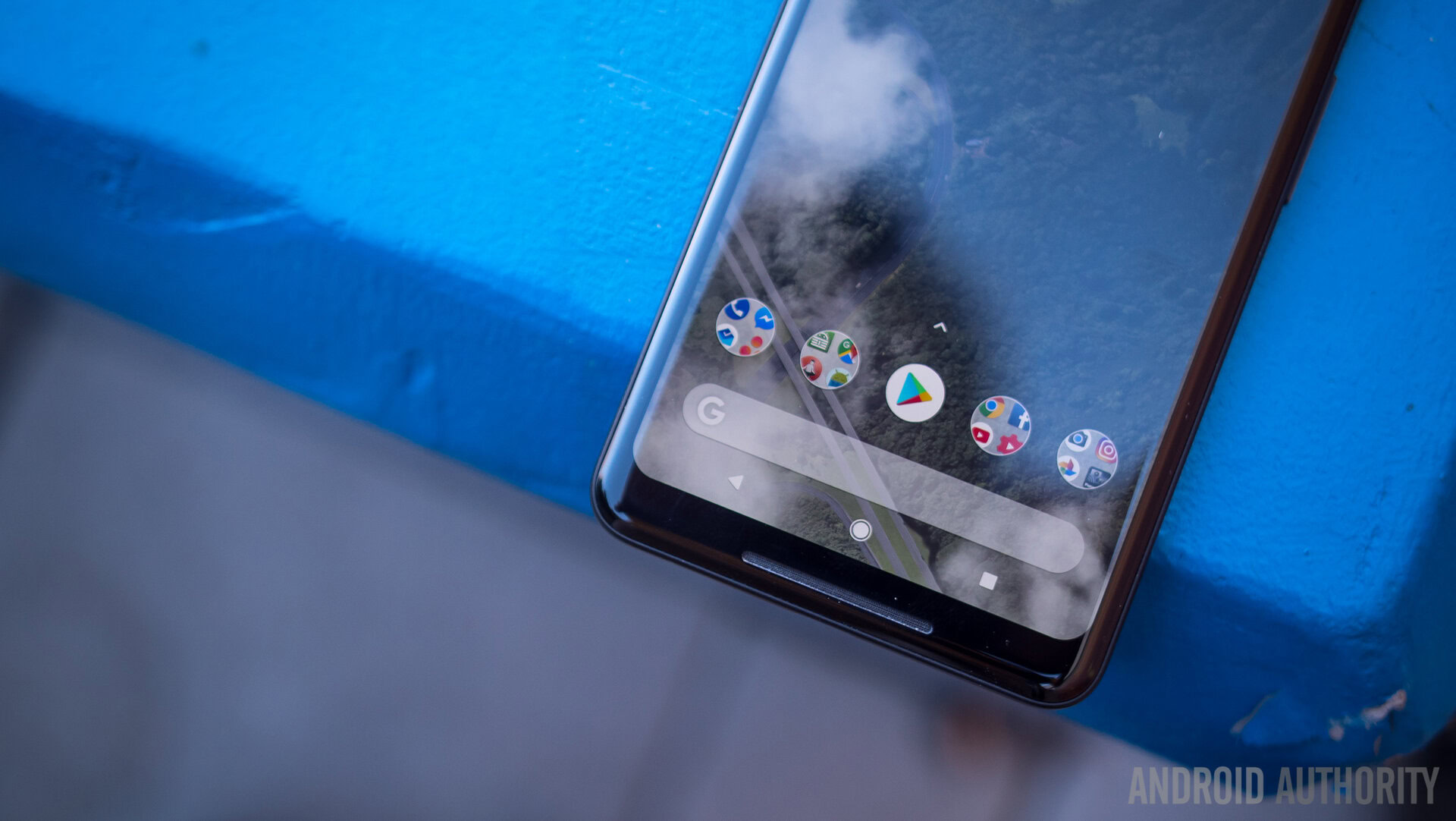
However, a developer countered Google’s position on the matter, saying that something went wrong with the factory display calibration process. More specifically, the Pixel 2 XL’s display looks to have not been properly tuned for sRGB, which is what caused the display’s dull colors.
To Google’s credit, the November security patch includes a new “saturated” color mode in the display settings, which you can toggle to make the display’s colors more vibrant. Keep in mind that the mode might deliver a less true-to-life color representation, which some people like, but at least the option is there.
Is this a big deal?
Not really. This is not to absolve the poor calibration process that might have taken place behind the scenes, but it looks like the new color mode in the November security patch has satisfied those who said the Pixel 2 XL’s display gives off flat colors.
Issue #2: The display exhibits a blue shift at even slight angles
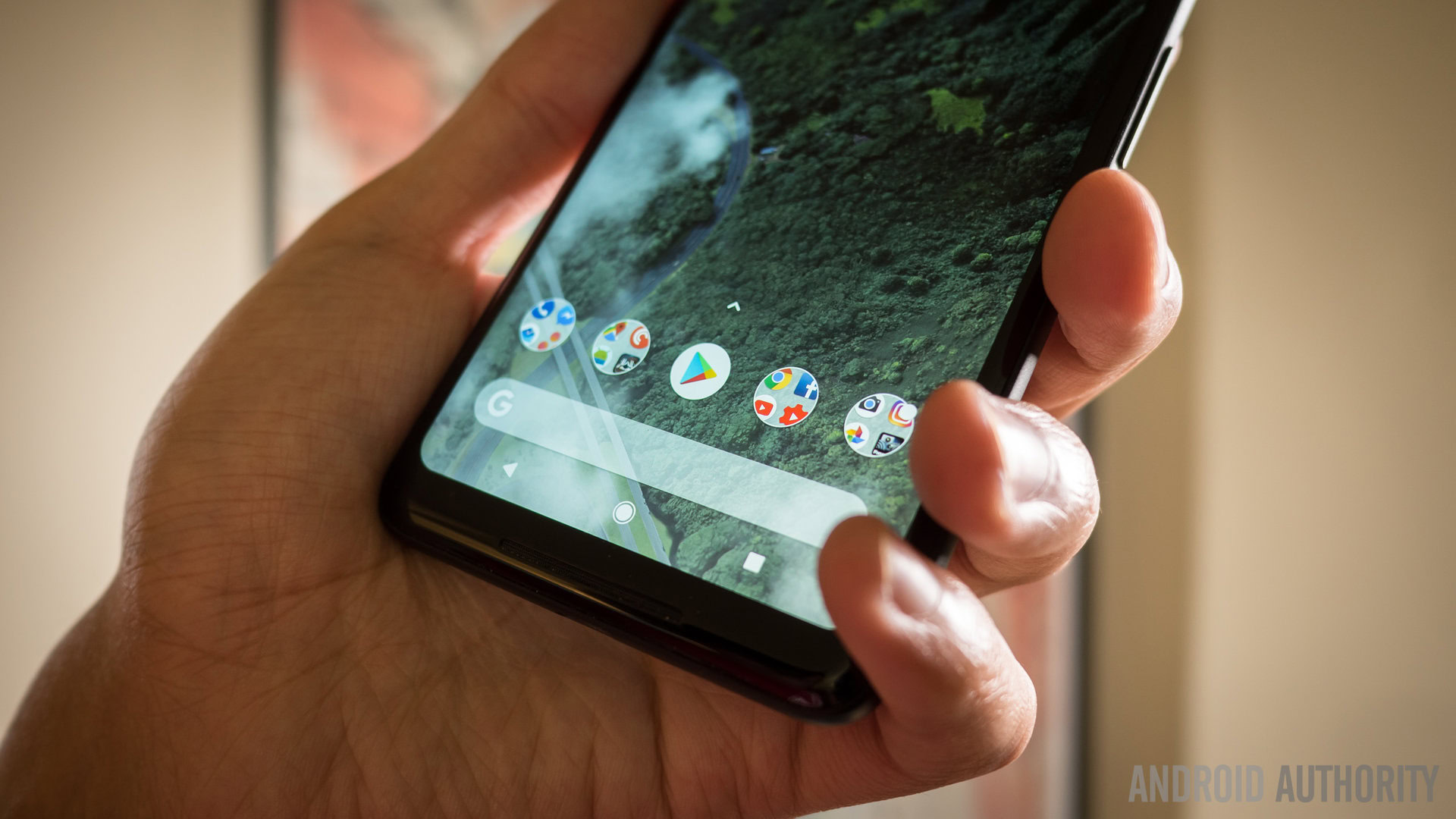
Whereas dull colors can be fixed in software, the blue shift that Pixel 2 XL displays have exhibited is not something nearly as fixable. In short, folks have noticed that viewing the display even slightly off-center results in the display exhibiting a cooling effect, almost akin to a blue tint.
This is where we stress that OLED displays tend to have some sort of shifting at different viewing angles. My Galaxy S8 Plus’ display also has a cooling effect if you’re not looking at it dead-on, while you need to go further with my Pixel XL to see the same thing.
Even so, the blue tint on the Pixel 2 XL’s display seems to be more dramatic and is noticeable at even the slightest of angles.
Is this a big deal?
This is something to keep in mind rather than sweat over. We definitely noticed the cooling effect in our Pixel 2 XL review, so we’re not saying it doesn’t exist – we just don’t think this is a significant concern. As I mentioned, all displays exhibit shift at different angles, but OLED displays are particularly susceptible to blue shift.
In other words, the blue shift on the Pixel 2 XL’s display is definitely there, so it’s up to you whether you can live with that or whether it’s too troublesome to deal with on a day-to-day basis.
Issue #3: The display exhibits burn-in
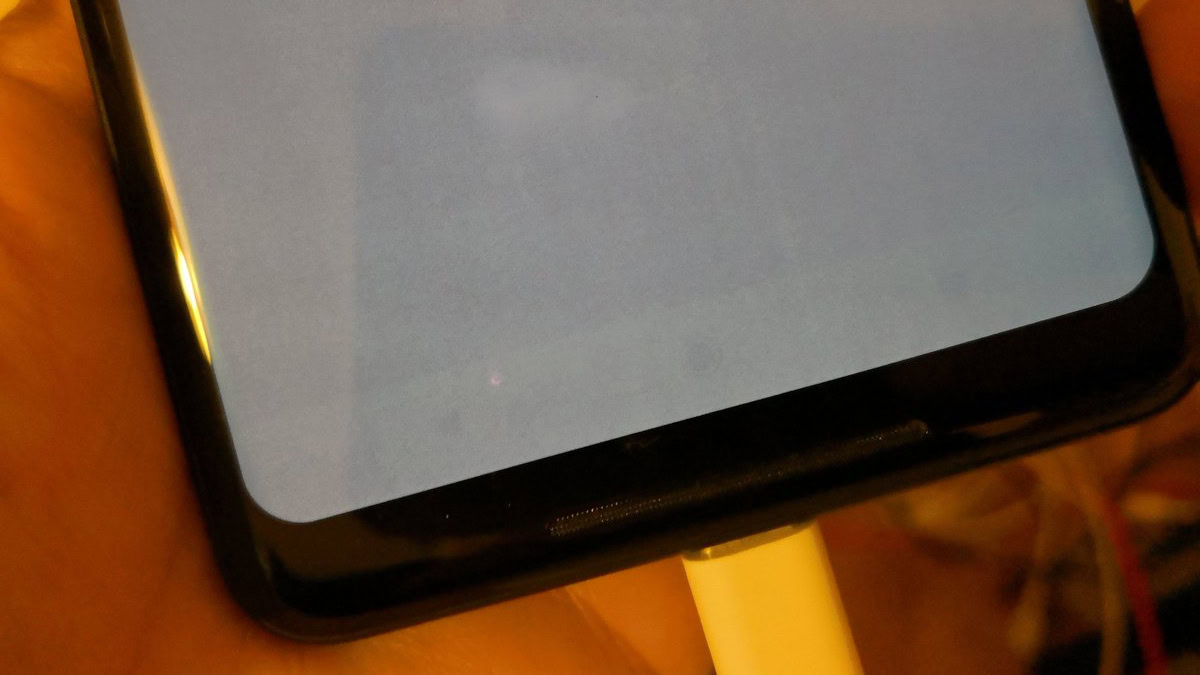
The most significant and more talked-about issue surrounding the Pixel 2 XL’s display is the possibility of burn-in.
For those unfamiliar, screen burn-in is an issue that typically affects OLED screens as they age. Even though screen burn-in depends on factors like screen brightness, what is being shown on the display, and the type of hardware, it could take years for the effect to be noticeable.
However, Android Central‘s Alex Dobie noticed the effect after just a week of normal usage, as seen on the image above. Dobie also mentioned that his Pixel 2 did not exhibit any amount of screen burn-in during the same time period.
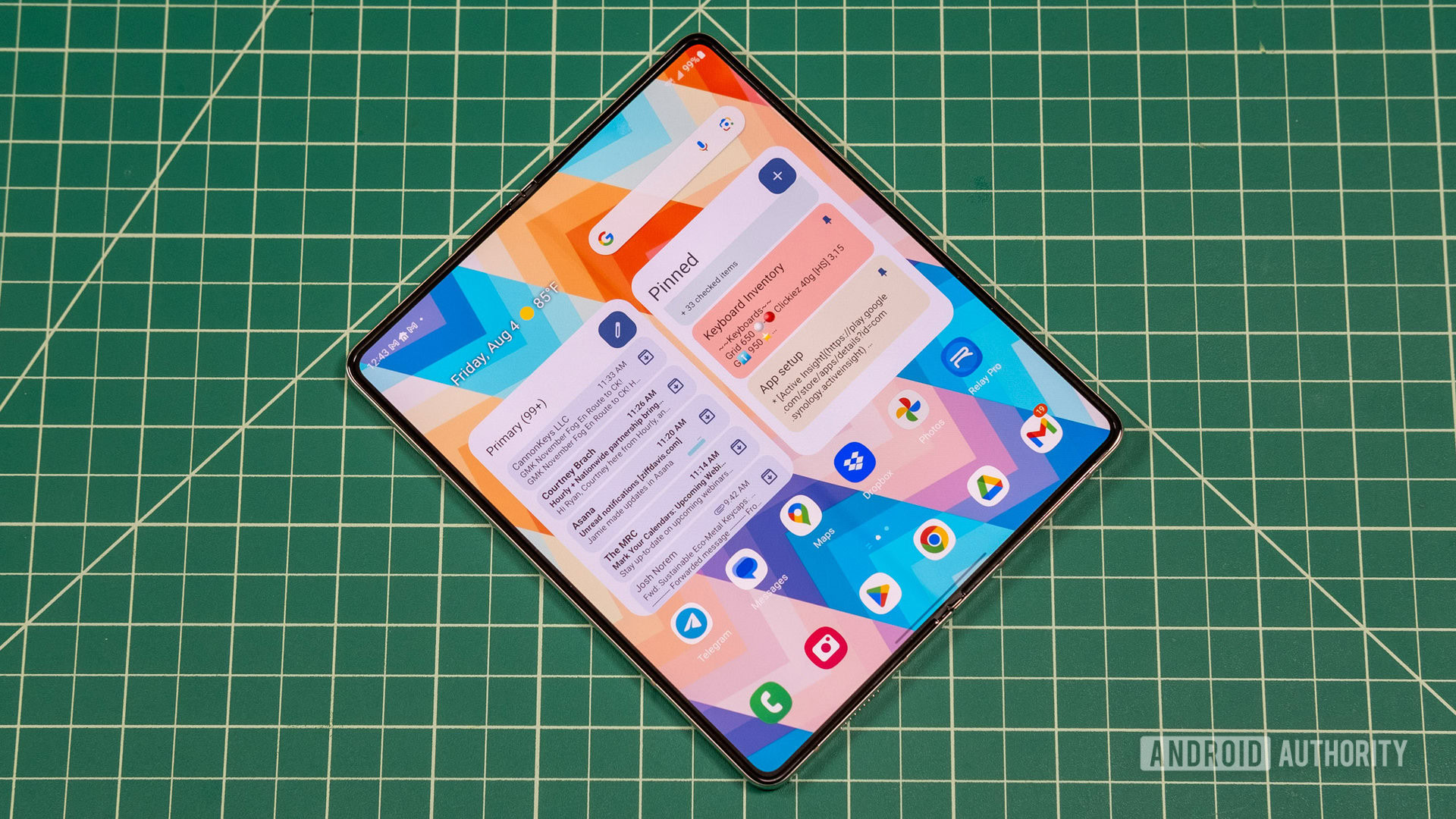
There is some debate as to whether this is actual burn-in, which is permanent, or image persistence, which is temporary, but there is no denying that this issue is of particular concern.
Google says it’s investigating reports of burn-in and has since released the November security patch, which includes measures that fade out the navigation buttons and reduce the maximum screen brightness. Google noted that these measures will not detract from the user experience, but it appears that the company is at least paying attention to the concerns.
Is this a big deal?
If this was 2019, I wouldn’t be nearly as concerned because at least years have passed since the Pixel 2 XL’s debut, so screen burn-in is almost expected at that point. However, it’s been less than a month since the phone’s release, so the fact that there were already reports of burn-in not too long after is definitely concerning.
Again, phones with OLED displays are typically prone to screen burn-in, but that isn’t the issue here. The issue is how fast burn-in has manifested itself for the Pixel 2 XL, and that is admittedly troubling for those looking to hold onto their phones for a while.
I’ll come back to this in the conclusion, but this is a noteworthy issue that has rightfully given some people pause.
Issue #4: The display has a “black smear” issue
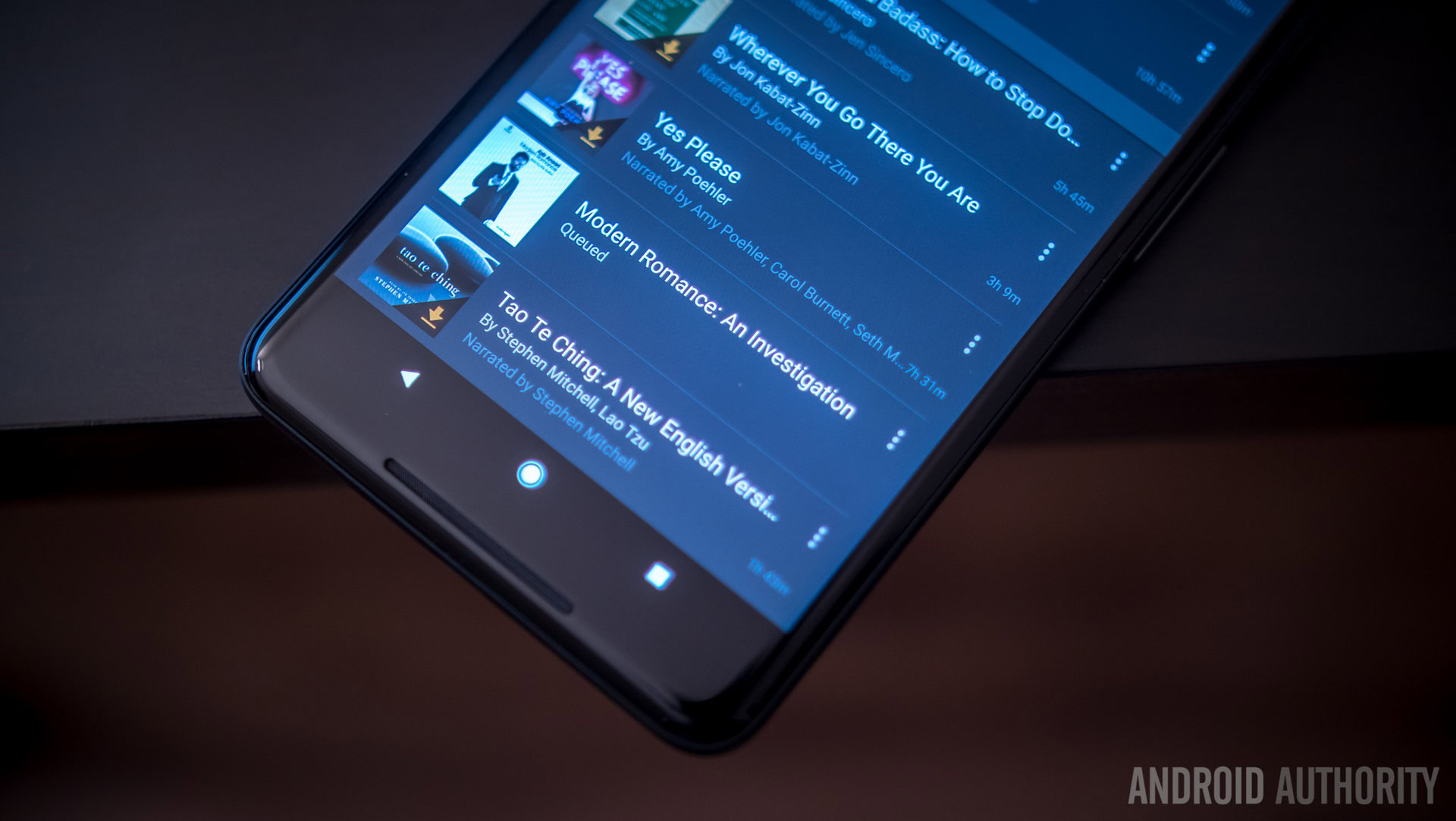
The display woes continue with the Pixel 2 XL, with owners having reported of “black smearing.” To quickly explain, this happens when the screen transitions from black pixels to colored pixels, such as when you are on a page with black objects.
The “black smearing” effect is that the black parts of onscreen images tend to linger before changing to the colored parts. The result is the black area appearing smeared, even though the onscreen image appears normal when you’re not scrolling.
This is something that has been documented on OLED displays previously, and though casual Pixel users might not even notice the black smearing, Google said that its engineers were investigating the reports.
Is this a big deal?
By itself, the smearing problem might not be a deal-breaker for the Pixel 2 XL’s display. Even so, it has to be considered in light of the aforementioned display issues, which is something I will touch on for the conclusion. Some folks have reported the smearing issue to be worse than average, but this is still not a big deal when taken on its own.
Issue #5: The phone makes high-pitched noises and clicking sounds
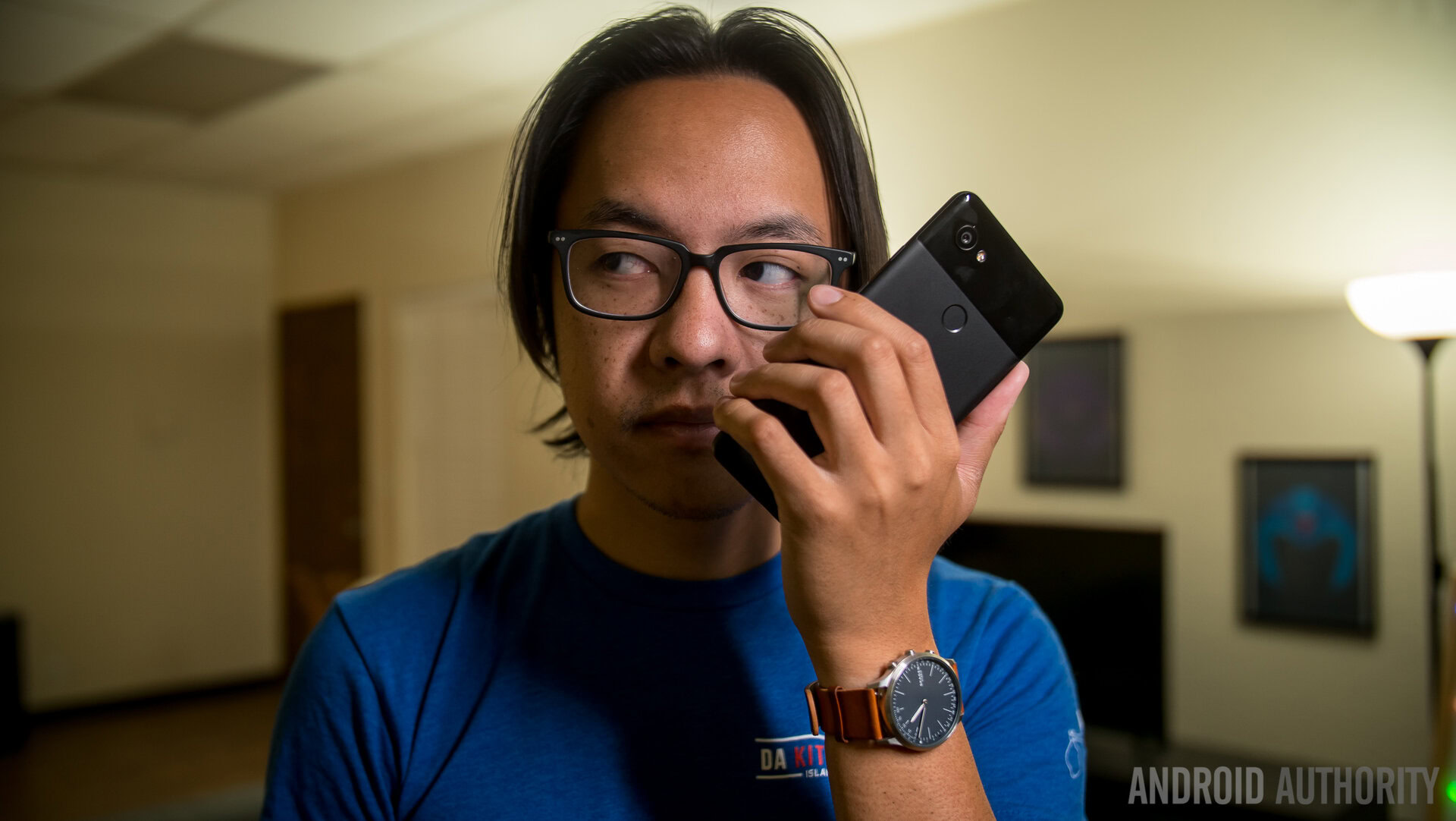
This issue seems far more prevalent on the smaller Pixel 2 than the Pixel 2 XL, but folks with the latter have still reported issues of high-pitched noises and clicking. People mostly hear these sounds when the phone is right next to their ears.
At the time of these issues cropping up, turning off NFC was the solution to the clicking noise. The high-pitched sounds remained, even if you turned off NFC, though Google has since released an update that looks to have eliminated both problems.
Is this a big deal?
Not at all. The two issues seem to have been resolved by the November update, and while a few reports here and there will still relay the sound problems, they are not much of a big deal.
Issue #6: The top speaker is quieter than the bottom speaker
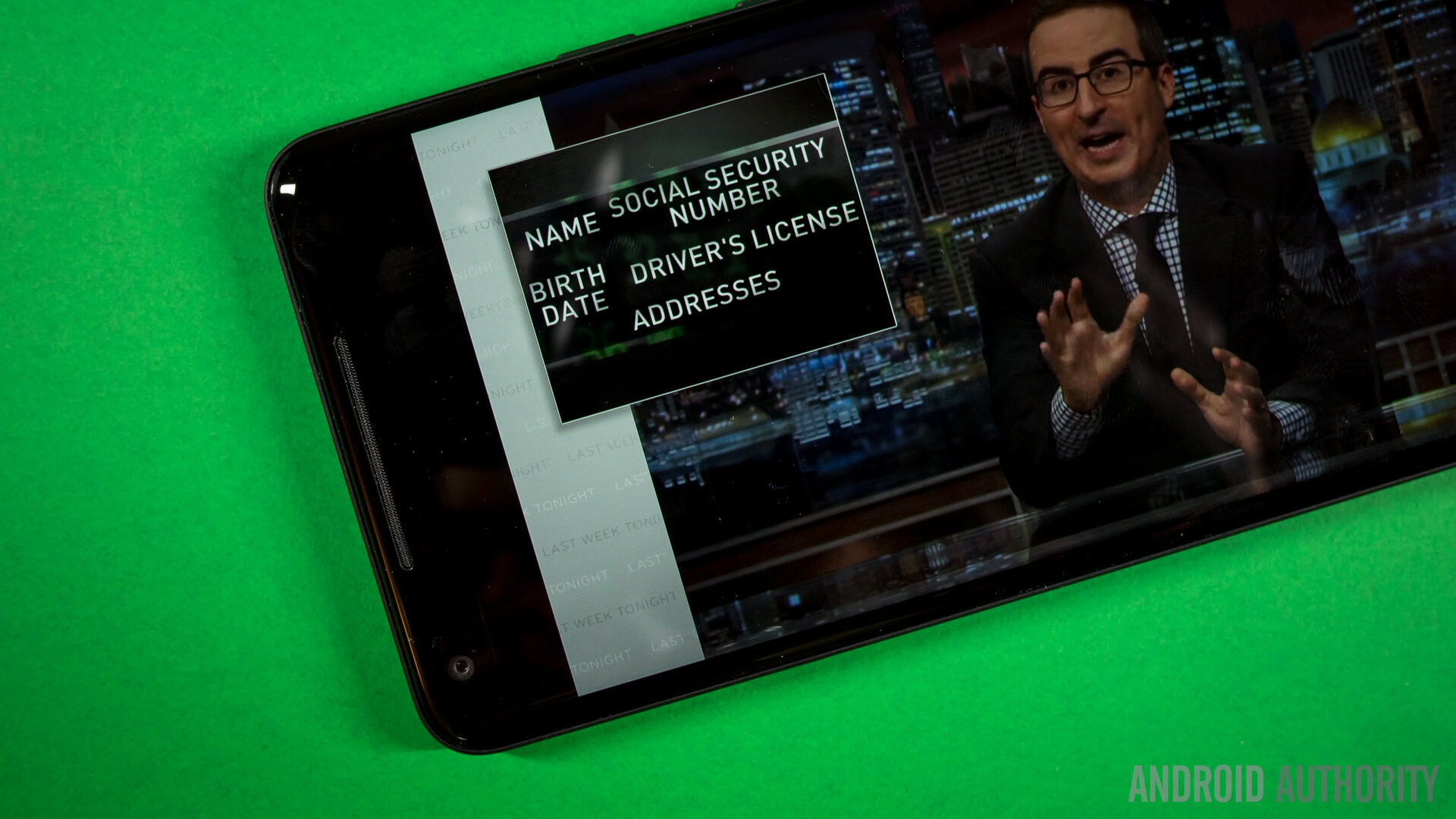
Discovered by 9to5Google, it was found that the top speaker was quieter than the bottom speaker, regardless of the volume level. More specifically, the online publication found that the left/top speaker was, on average, around 10 dB quieter than the right/bottom speaker, though it also stated that most people might not even notice the difference.
According to one of 9to5Google‘s sources, this was a deliberate move on Google’s part to reduce vibrations. The source alleged that, at louder volumes, the top speaker caused the Pixel 2 XL to vibrate, so Google used software to lower its volume output.
In testing, engineers reportedly made the top and bottom speakers quieter, but found that the phone’s maximum volume was a bit too quiet for their liking. Instead, they shipped the Pixel 2 XL with somewhat unbalanced volume levels.
Is this a big deal?
Not in the slightest. Keep in mind that other phones also emit imperfect volume balance, and most people will not even notice it. Even if you do, you are more likely to be annoyed rather than consider it a big deal.
Issue #7: The phone reboots at random
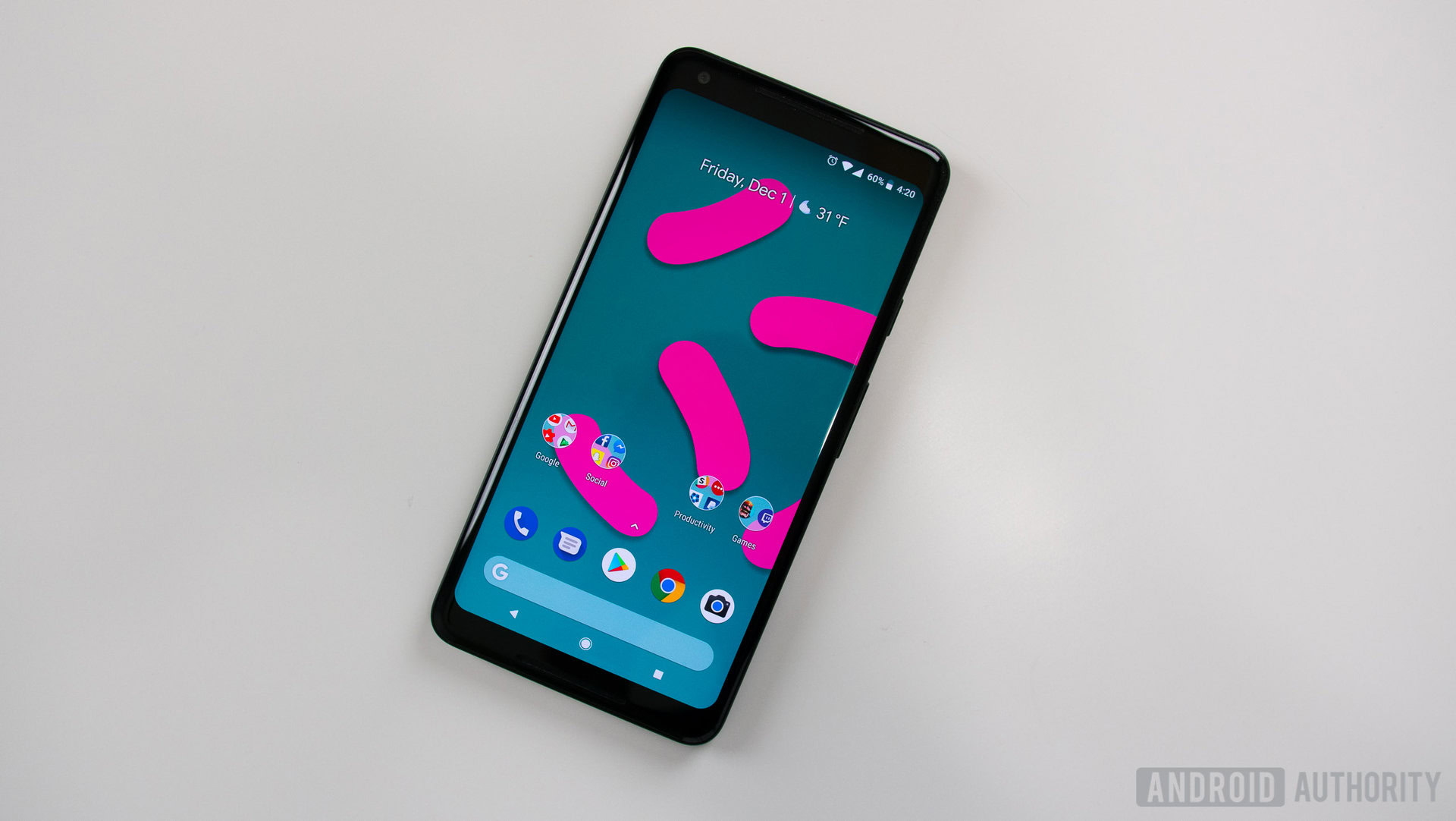
The worst phone issues are those that can’t be easily replicated and occur seemingly out of the blue. Enter a plague of random reboots impacting a handful of users who later made their grievances public on both the XDA and Google Product forums.
After some clever testing, one user deduced that the reboots only occurred when entering a low signal area where LTE is patchy. The same user later found that the problem stopped entirely by switching the Pixel 2 XL’s preferred network type to 3G only. That’s hardly an ideal solution, of course, but Google said it was looking into the matter.
Is this a big deal?
It was certainly a nuisance for those affected, but the 8.1 Oreo update appears to have solved the problem. Users that are still suffering from intermittent reboots likely have faulty handsets at this stage and should follow Google’s RMA process.
Issue #8: The sides of the screen fail to recognize touches
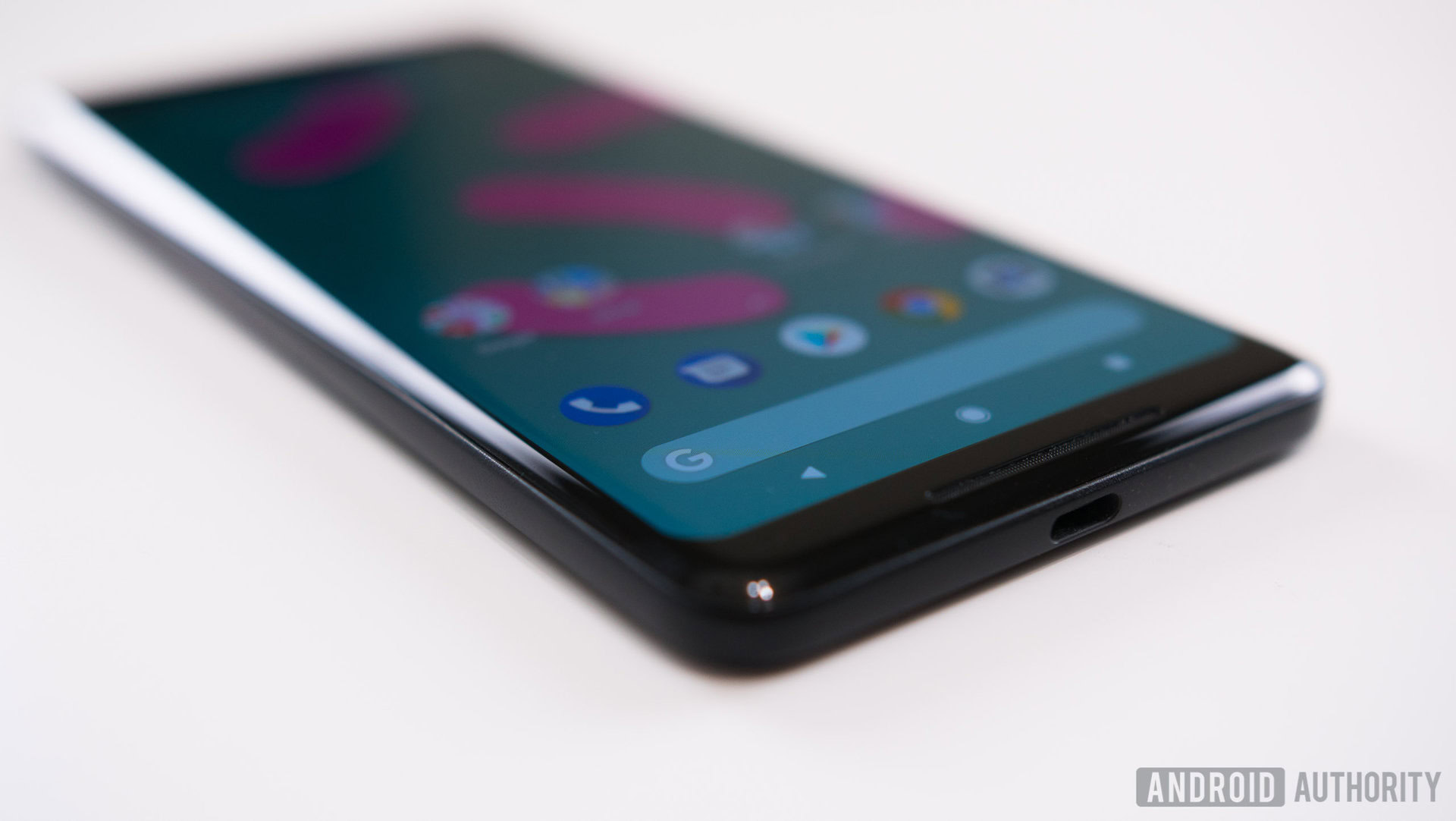
One of the Pixel 2 XL’s key USPs when compared to its smaller sibling is the (near) bezel-less design and its display which visibly curves into the frame. Unfortunately, the Pixel User Community found that the very edge of the screen had some trouble recognizing touches.
The problem was pinned on the phone’s accidental touch rejection software, which appeared to be working in overtime. Once again, Google informed affected users that it was working on a fix.
Is this a big deal?
This is one of those ‘could probably live with it’ issues that wouldn’t have ever been a deal breaker. After all, the edges still registered swipes despite the sensitivity problems. That being said, it still shouldn’t have been something users had to put up with and thankfully Google appears to have fixed it with Oreo 8.1
Issue #9: The fingerprint scanner has slowed down
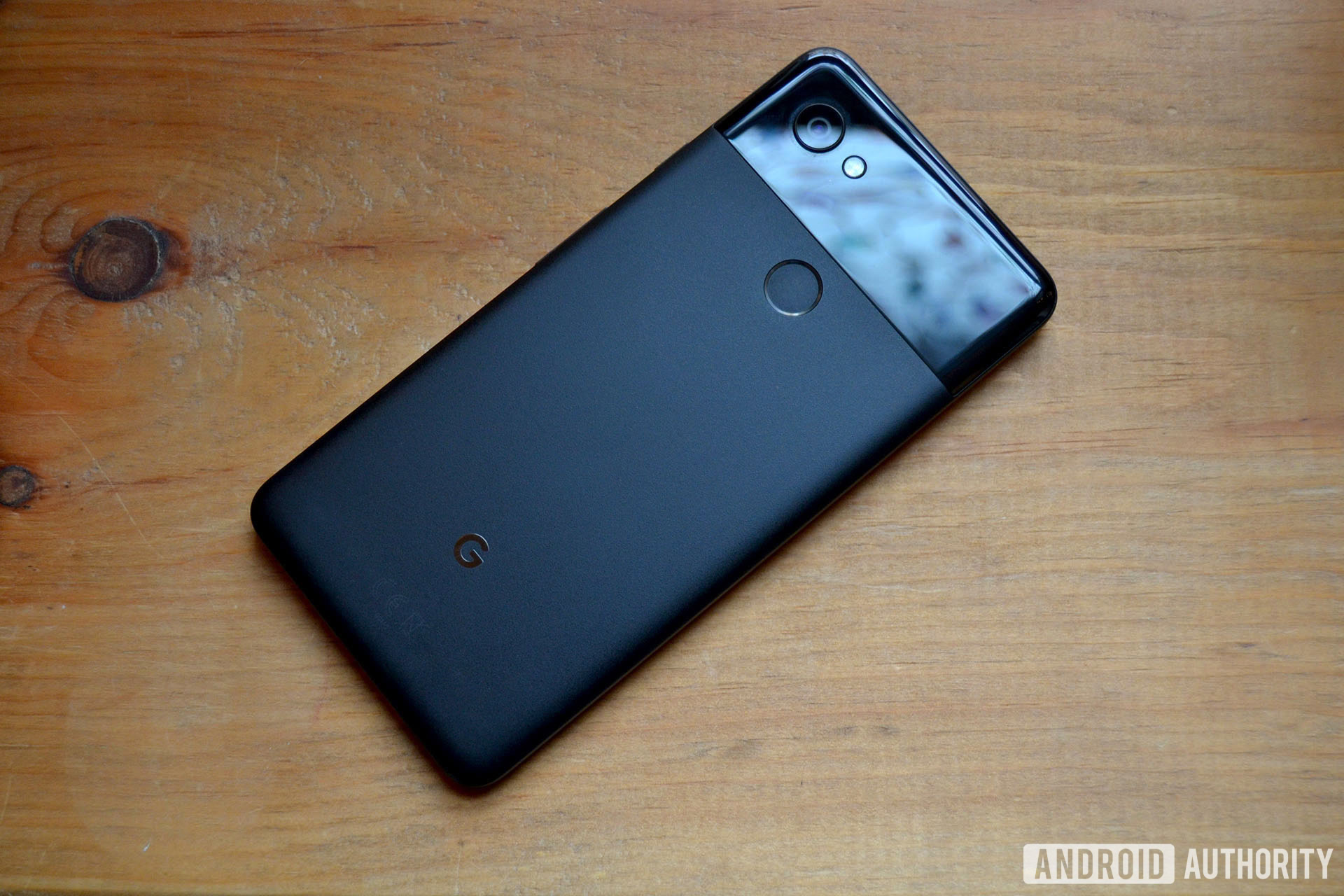
As you might have noticed, Google’s rollout of Android 8.1 Oreo fixed a huge number of problems afflicting its flagship. While many users were celebrating the upgrade, though, some noticed that their device’s previously speedy fingerprint sensor had slowed down a tad.
Once updated, users found that the Pixel XL 2 took up to a second longer to unlock when using the fingerprint sensor. The folks over at the Google Pixel Forums quickly started testing out multiple scenarios and found that using the Always On display returned unlock speeds to normal.
Is this a big deal?
No, not really. Is it kinda annoying, though? Oh yes. Luckily, it seems as though this one will be rectified quite soon. Google Community Manager Orrin noted on December 15th that the team would be reaching out for bug reports so the big G can concoct a permanent fix.
Issue #10: The headphone adapter isn’t working
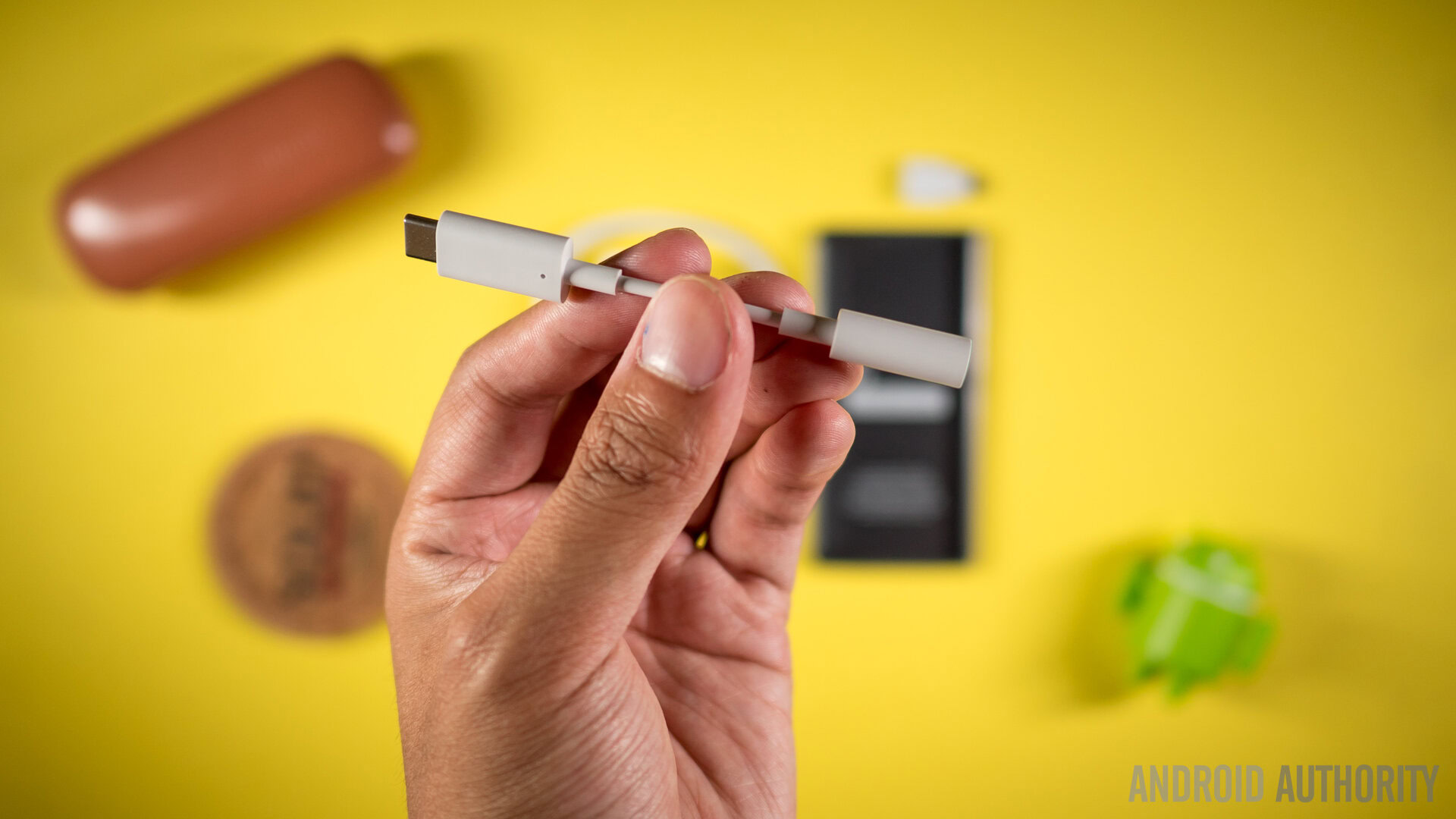
Much to the irritation of some Pixel fans, Google glossed over its decision to ditch the 3.5mm headphone jack from its second-generation phones. It did, however, bundle every device with a USB Type-C to 3.5mm adaptor with every phone as an olive branch for those who don’t fancy buying a pair of Bluetooth/USB-C headphones.
But, as commendable as that is, it’s no good if it doesn’t work. Android Police spotted a bunch of Pixel 2 XL (and regular Pixel 2) users complaining of faulty adapters which caused music to play not through headphones, but via the Pixel 2 XL’s speakers.
While some found a suitable workaround, others had no joy at all and have asked for replacement adapters or a software fix.
Is this a big deal?
It’s certainly not a good look, but it sounds like Google has located the problem and is working on an OTA fix. There will be some cases where the adapter itself is to blame, of course, so make sure to get yours swapped if that’s the case.
Issue #11: A buzzing noise is coming from the speakers

Android Police reported on this issue after one of its team discovered that their Pixel 2 XL had begun exhibiting a strange buzzing/rattling sound during calls and media playback. As it turned out, a 100 post-stong thread citing the same problems had already popped up on the Google Product forums too.
Some found that the micro-vibrations causing the distortion only occurred at top volume, while others have said that the buzzing can be heard no matter how loud the audio is. It seems that the issue is particularly impacting call quality, but so far no one has come up with a permanent fix.
Is this a big deal?
If it’s affecting your device then the answer is probably yes, but this doesn’t appear to be a widespread issue. A Google Community Specialist is advising users to try out a hard reset first, but ultimately suggests that an RMA may be needed if it persists.
Should you get the Pixel 2 XL?
The reality is that, while we can spend all day looking at these issues in isolation, that just isn’t realistic – they do not live in a vacuum. You have to take the sum of the parts and wonder whether they are enough to dissuade you from picking up the Pixel 2 XL.
That is why, while most of the aforementioned issues are not a big deal when taken separately, they should make you pause and think when considered collectively. Even then, though, I am inclined to say they should not stop you from purchasing the Pixel 2 XL.
Google responded to these reports by not only extended the regular warranty to two years, but also allowed for two free warranty claims under the Pixel phones’ Preferred Care plans. The company has also solved some of these issues through software, so it’s clear that it wants to remain on top of these issues.
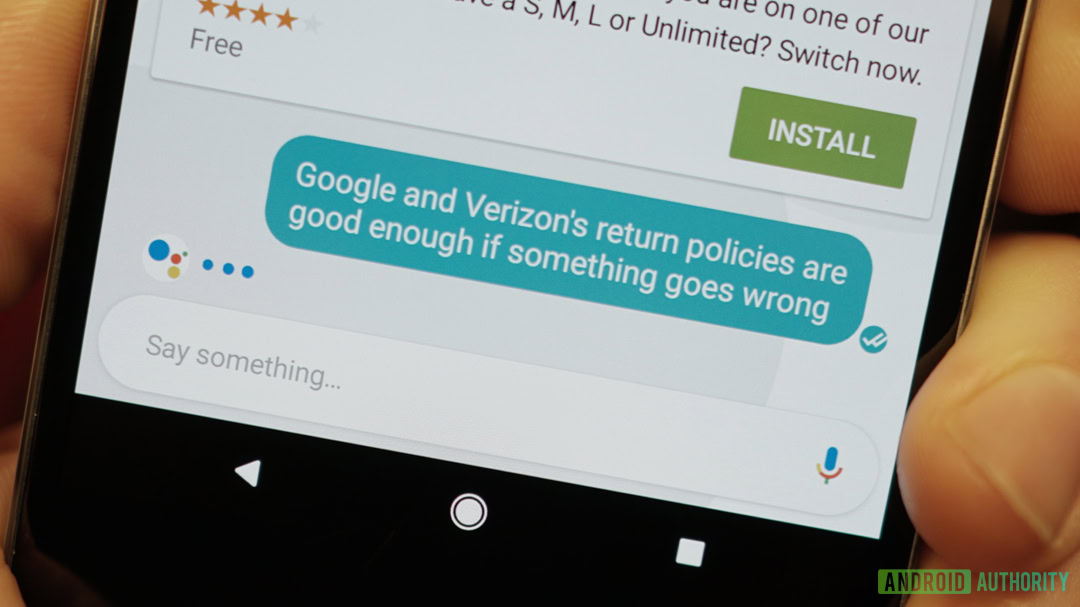
Also keep in mind that, as my colleague Florence Ion reminded us, Google has a two-week return period. Even though you will need to fill out a form explaining why you want to return the Pixel 2 XL, as well as hold onto the box and original accessories, you have that option should you regret your purchase.
This in no way gives Google a free pass. We should not be seeing these issues, particularly those that pertain to the display, on a phone that runs at least $850 unlocked. No phone is free of problems, but the Pixel 2 XL’s problems have understandably caused some folks to bide their time. If Google is serious about the smartphone game, it needs to do better.
Even so, between the return period, the extended warranty, and software updates that can remedy some issues, I feel confident in recommending you keep your Pixel 2 XL.
We’ll be sure to revisit the phone after some time has passed to see how these issues look like down the road. In the meantime, make sure to check out some of our coverage of the Pixel 2 XL down below and let us know your thoughts on Google’s larger flagship in the comments.